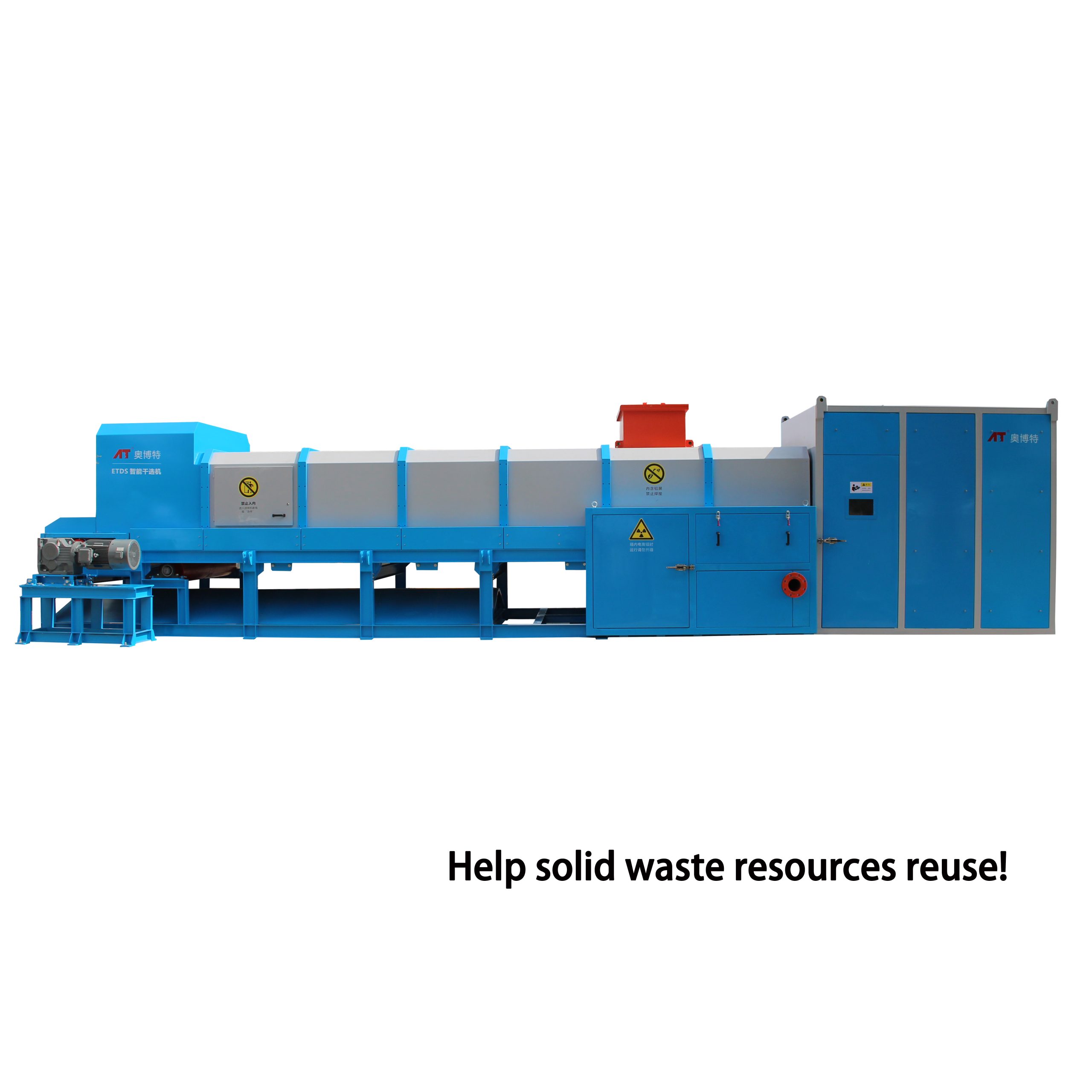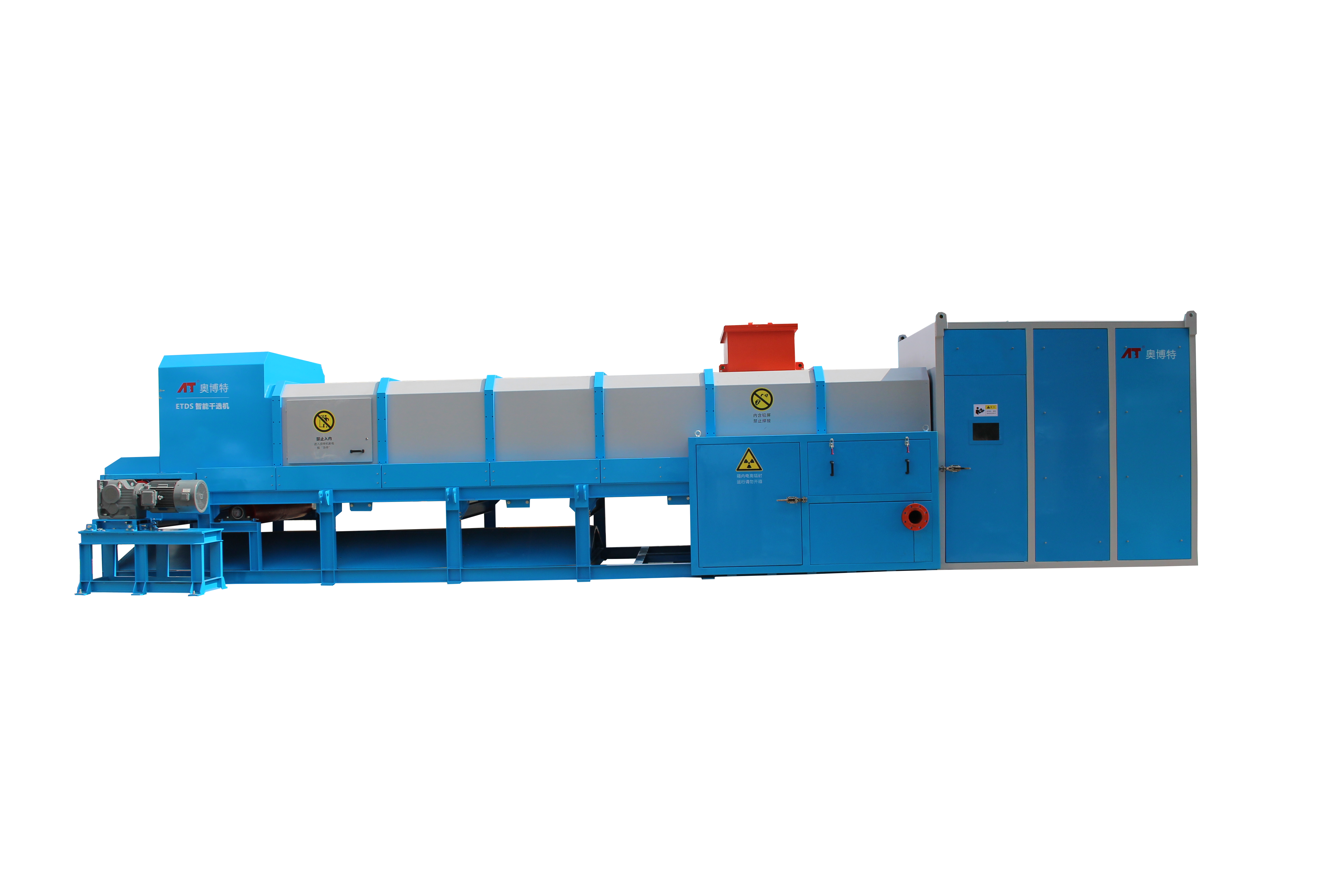The US and Australia Signed A Critical Minerals Agreement——What Will Be the Prospects for De-Chinaization of Rare Earth Sorting?
Release time: 2025-10-25
On October 20, 2025, local time in Washington, US President Trump and visiting Australian Prime Minister Anthony Albanese, signed the US-Australia Framework Agreement on Assurance of Supply for Critical Minerals and Rare Earth Mining and Processing (hereinafter referred to as the US-Australia Critical Minerals Agreement), aimed at reducing US and Australian dependence on China for critical minerals (including rare earth metals). The following are the key details of the agreement:
I. Key Points of the Agreement
1. Investment Scale: The US-Australia Critical Minerals Agreement proposes that, the US and Australia will each invest at least US$ 1 billion over the next six months in critical mineral exploration, development, and processing(rare earth x-ray sorting machine) projects. The White House later disclosed that the actual total investment could exceed US$ 3 billion, with approximately US$ 2.2 billion in financing support provided by the US Export-Import Bank.
2. Areas of Cooperation: The US-Australia Critical Minerals Agreement, includes projects such as the construction of a rare earth sorting (rare earth mining dry sorting machine) production line and a bastnaesite/monazite/xenotime sorting refinery with an annual production capacity of 100 tons, and plans to jointly develop new mineral projects with Japan.
3. Targeted Objective: The US-Australia Critical Minerals Agreement, aims to build a diversified global mineral system by strengthening supply chain resilience. Trump once stated, “In a year, the US and Australia will have a surplus of critical minerals.”
II. Controversies and Challenges
1. The details of the agreement have not yet been fully released, and the two sides disagree on investment figures (for example, the US claim of “over US$ 3 billion investment” differs from Australia’s “US$ 1 billion investment for each”).
2. Rare earth beneficiation and processing costs are 30% higher in the US and Australia than in China. Furthermore, due to a lack of tariff preferences (caused by the uncertain outlook for the US-China tariff war), US and Australian rare earth prices are less competitive, and private capital participation is uncertain.
3. The Chinese Ministry of Foreign Affairs responded to the signing of the US-Australia Critical Minerals Agreement: “The formation of global supply chains is the result of market choices, we call on all countries, including the US and Australia, to ensure the stability of the rare earth supply chain.
4. The US-Australia Critical Minerals Agreement, is seen as a US-Australia response to China’s dominance in critical minerals (including rare earth metals), but its actual effectiveness requires long-term observation.


